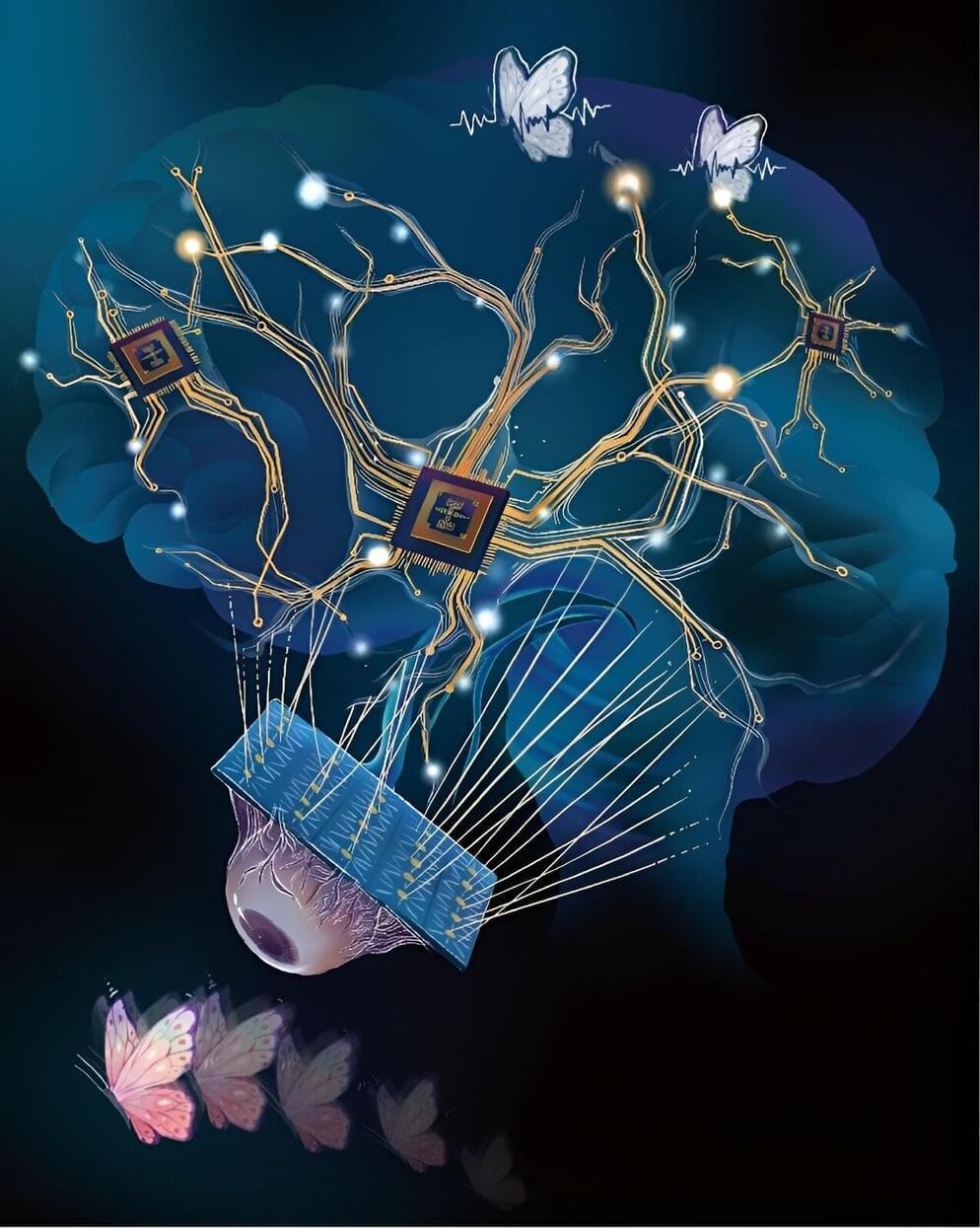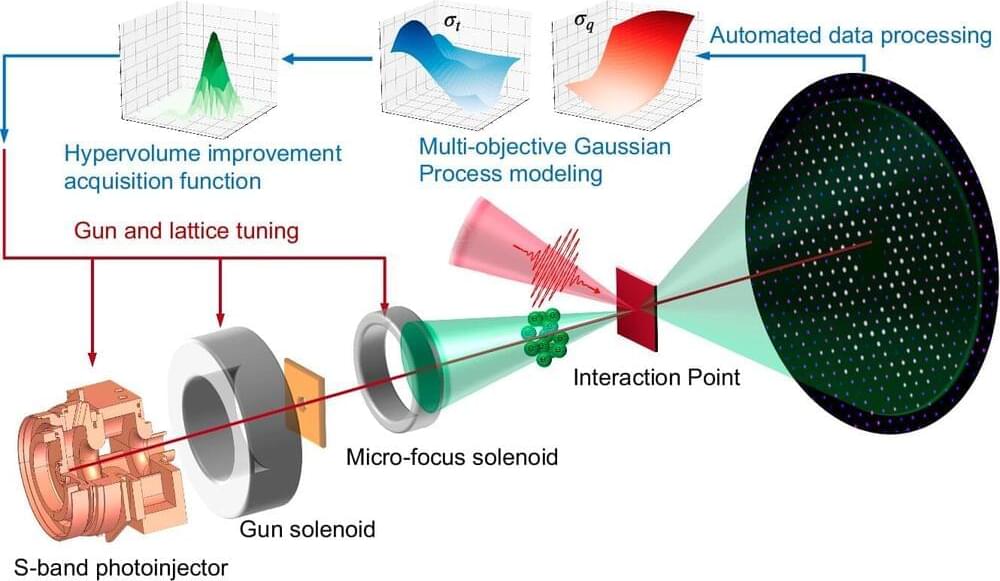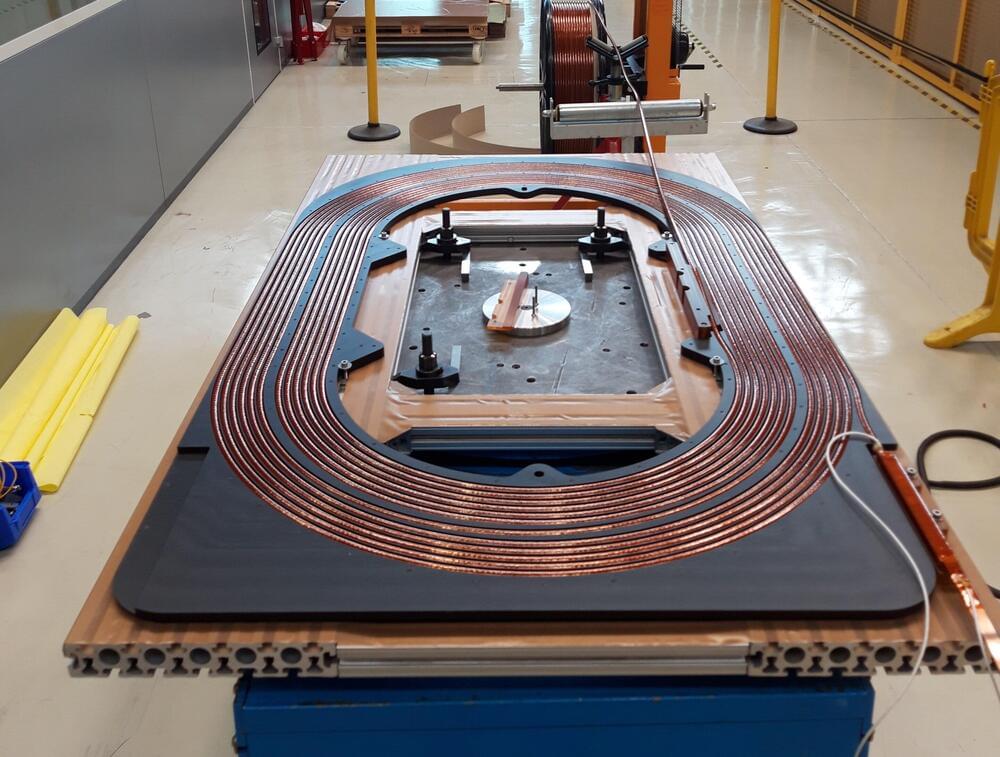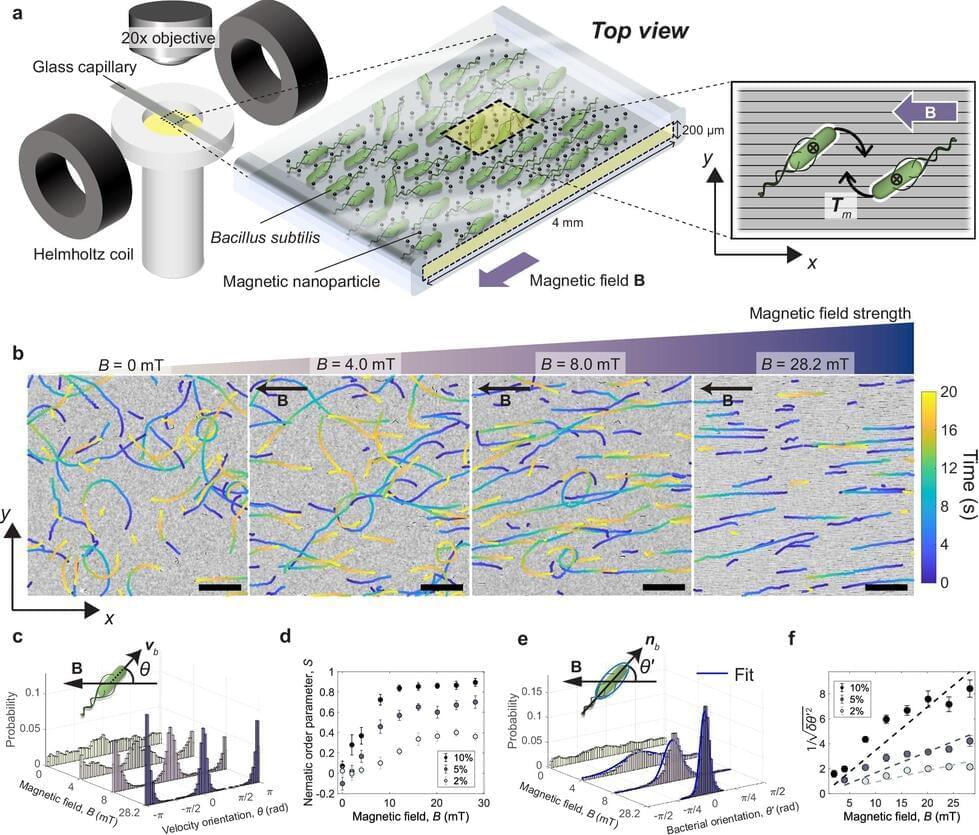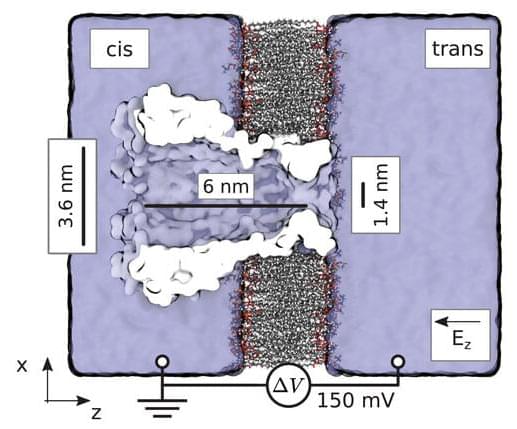Following the rapid advancement of artificial intelligence (AI) tools, engineers worldwide have been working on new architectures and hardware components that replicate the organization and functions of the human brain.
Most brain-inspired technologies created to date draw inspiration from the firing of brain cells (i.e., neurons), rather than mirroring the overall structure of neural elements and how they contribute to information processing.
Researchers at Tsinghua University recently introduced a new neuromorphic computational architecture designed to replicate the organization of synapses (i.e., connections between neurons) and the tree-like structure of dendrites (i.e., projections extending from the body of neurons).
